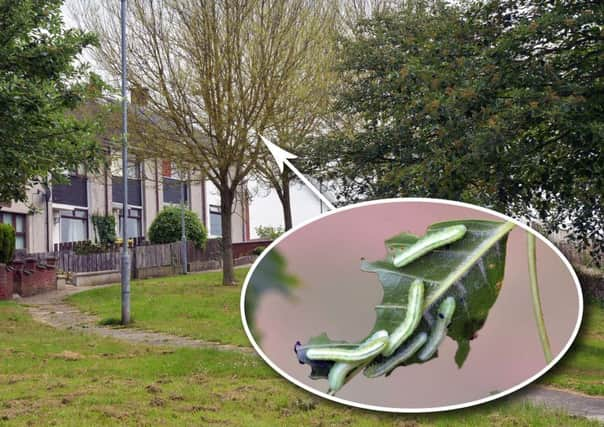Defoliation of ash trees in NI '“ AFBI Scientists Solve the Problem


In some cases, the ash trees were completely devoid of leaves (defoliated), with a considerable number of the insect larvae descending the trunk of the trees towards the surrounding soil.
These insects were the larval stage of Tomostethus nigritus, or ash sawfly, which has never before been observed in Northern Ireland. Ash sawfly is a Euro-Siberian species distributed throughout Europe, but considered to cause more damage in eastern rather than western Europe.
Advertisement
Hide AdAdvertisement
Hide AdAsh sawfly has been responsible for the complete defoliation of large ash stands during severe outbreaks in mainland Europe with up to 800 ha being affected between 1999 and 2000 in the Czech Republic. Other countries such as Norway and Croatia have seen defoliation of ash trees in urban areas.
While the damage looks severe, it is rarely fatal for the tree. Nonetheless, continual defoliation over successive years will have an impact on the tree’s vigour. Studies in Croatia suggest that factors such as autumn or spring flooding, mild winters, and absence of predators or parasites may affect the occurrence of these outbreaks.
Chemical control with pesticides at this stage is inadvisable and the trees will recover their leaves throughout the summer. The larvae may be collected and removed before they burrow into the soil. This will reduce potential populations of the pest and tree damage in subsequent years. AFBI scientists will continue to monitor the situation and provide further recommendations should this problem become more widespread.